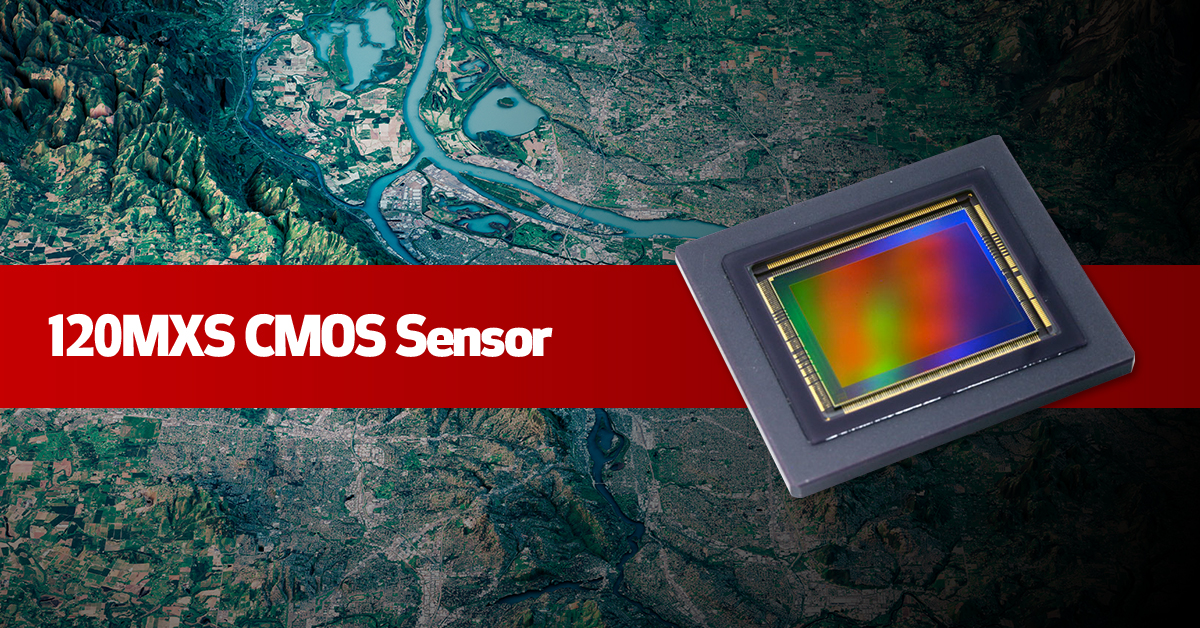Since this announcement 8.5 years ago, Canon has quietly forgotten about the camera they were at one time developing for us. This was the 120MP DSLR with a stunning resolution of around 13,400 x 8,900. That’s a lot of MegaPickles™. Canon was confident at the time that they would have the sensor technology, and the
See full article...
After read your article and the Canon link, I can guess what's problem from Canon view.
The announcement has 8K cinema camera and monitor. But until now, all three items have not released.
The 8K camera should be the first priority to release but they have not talked anything.
R5c is from R5. It is the only 8k camera.
In these 8.5 years, including 3 years COVID.
It seems Canon couldn't find the right time to release.
After they released R mount camera, they need to release many lens every year. They have not released all range lens even now.
Then the first one EOS R just like R3.
They were not ready to release R5 and R6 so they released EOS R and RP...
They might have chance to release 5Ds mkii in 2019 if they didn't release R mount.
Long story short, 5Ds was released after EF mount released 15 years or released after 5D3.
I would say they may have time to release after R5 mkii or really wait after R5 mkiii.
As you said, calculate from R7 sensor, it can be 82mp sensor.
Between 2018-2024, Canon solved many technical problem.
1. Sensor speed. R7 sensor can prove they can have 82MP DPAF. More than 10 fps.
2. DIGIC X is fast enough for R5s.
3. CFexpress card is fast for big files.
4. IBIS for taking photos.(I went to one tokyo show at that time. Canon needed to lock the 120mp camera and took the photo to avoid shaking blur photo.)
So I said one old problem.
Schedule.
The other new problem is after covid, the meterial has not enough to make many new camera.
They may not have enough for R1 and R5 mkii.
So this stupid answer, they need to release R1, R5 mkii and 8K cinema cameras. At least we need to wait 2 more years.



